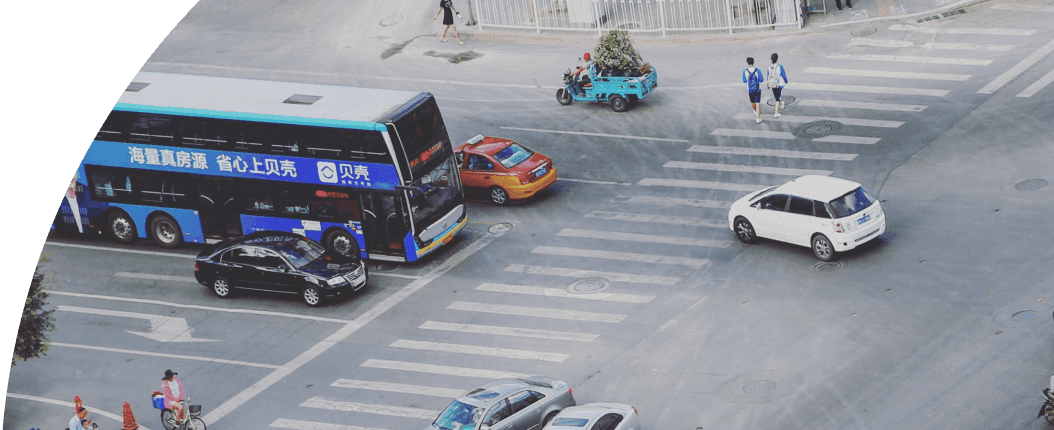
News
By Steve Davis, May 27, 2008
I know you’ve probably been reading the same stories ad nauseum over the last few weeks about the changes that many Americans are making in the face of 4 and 5 dollar gasoline. As the Department of Transportation noted in numbers released in the past week, driving was down in March 2008 over March of 2007 by more than 11 billion miles, the first such yearly drop since 1979.
The “lifestyle change” angle made the front page of CNN.com today as iReporters (formerly known as “readers”) sent in their stories of coping with high gas prices and altering their lifestyles in order to drive less — or not at all:
As rising gas prices leave drivers with ever-heftier tabs at the pump, Americans have started looking for ways to reduce the drain on their budget. For some, transitioning away from a one-person, one-car lifestyle has proved rewarding.
Janaki Purushe, a 22-year-old genetic researcher living in Rockville, Maryland, bikes just about everywhere she goes. “When I had the opportunity to finally plan my own life after I graduated college,” Purushe explains, “I took into consideration where I was going to shop, where my friends live, where my boyfriend lives, and I definitely tried to plan the location of my home around where I was going.”
As the numbers are bearing out, we’re starting to drive less and consume slightly less oil for the first time in decades. People are making some small decisions (combine car trips) and even some larger decisions (move into a walkable neighborhood) to reduce their reliance on gasoline.
But the obvious yet unstated question left hanging in the air, is this: What will all of those people do when they can’t afford to drive the 30 miles to work, even after selling the second car and combining trips. People can only sell their second or third car once or cut down on driving only so much when they live in a place made for the automobile. What happens when the low-hanging fruit is gone and the obvious or simple changes in lifestyle have been made?
I wonder when anyone in these stories (reporters or interviewees) will start asking the question, “How did we get into such a difficult spot where we have such poor alternatives for getting around, and what can we do to get ourselves and our children out of this mess?“
Janaki Purushe sums up the state of things at the close of her vignette, saying, “I know I’m lucky to be able to bike everywhere.”
Related News

© 2025 Smart Growth America. All rights reserved
Site By3Lane Marketing











